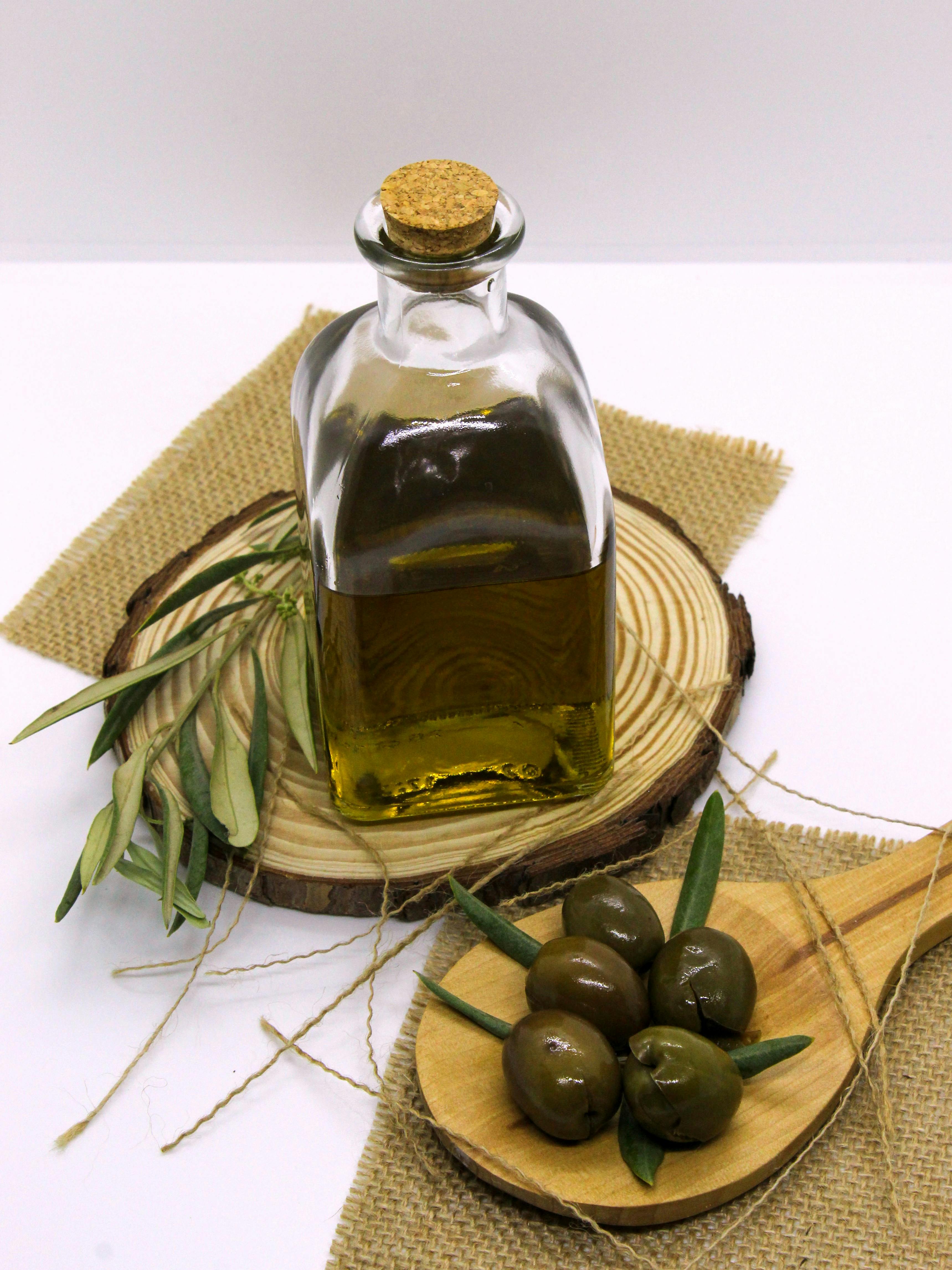Effective Ways to Implement the Hallelujah Diet in 2025

Effective Ways to Implement the Hallelujah Diet in 2025
The Hallelujah Diet is an inspiring whole food regimen focused on promoting health through nutrient-dense, plant-based foods. With an increasing emphasis on holistic health and mindful eating, many are exploring how to incorporate this raw food diet into their daily lives. As more individuals become aware of the connection between diet and well-being, the Hallelujah Diet has become a popular choice for those seeking weight loss, enhanced energy levels, and spiritual nutrition.
This article not only delves into effective strategies for implementing the Hallelujah Diet in 2025, but also explores the underlying principles of this lifestyle. From understanding food combinations and meal planning to embracing a whole food philosophy, we will cover the essentials needed for a health transformation. You'll also discover practical tips for maintaining your journey toward vivacious living, emphasizing whole foods and nutrient-rich meals.
Let’s explore the key takeaways of adopting this empowering lifestyle, where food acts as medicine, helping to prevent disease while promoting overall health.
Essential Principles of the Hallelujah Diet
To truly understand the Hallelujah Diet, we first need to examine its foundational principles. This diet promotes a variety of raw, organic, and whole foods, emphasizing fruits, vegetables, sprouted grains, and legumes. Central to this approach is the commitment to plant-based nutrition, which encourages a wealth of antioxidant-rich foods that support digestive health and immune function.
Understanding Whole Food Nutrition
Whole food nutrition is a vital component of the Hallelujah Diet, focusing on consuming foods in their unprocessed form. By prioritizing raw fruits and vegetables, individuals not only maximize nutrient absorption but also enjoy flavors that promote a satisfying eating experience. This aspect is particularly important in the context of emotional eating, where fresh produce can help satisfy cravings for unhealthy snacks.
The Role of Food Combinations
Another essential aspect is understanding the science behind food combinations. Certain foods, when paired correctly, can enhance nutrient absorption and increase the diet's overall health benefits. For example, combining leafy greens with healthy fats, such as avocados or olive oil, can help the body absorb fat-soluble vitamins more efficiently.
Incorporating Spiritual Nutrition
The Hallelujah Diet infuses spiritual nutrition into meal choices, recognizing that food selection impacts mental and emotional health. Engaging in mindful eating practices allows individuals to connect with their meals, considering not only the nutritional benefits but also the energy and intention behind each bite.
Meal Planning for Success
With the fundamental principles in mind, planning meals efficiently is key to maintaining adherence to the Hallelujah Diet. Effective meal planning not only simplifies daily choices but also helps individuals navigate dietary restrictions with ease.
Creating Balanced Meal Ideas
When constructing a meal plan, consider including a variety of plant-based meals that showcase vibrant colors and textures. Try to incorporate a balance of grains, legumes, and seasonal vegetables. This not only maximizes nutritional intake but also keeps meals exciting and diverse.
Exploring Recipe Adaptability
Embracing recipe adaptability is crucial for enjoying a sustainable eating pattern. Simple swaps, such as substituting rice with quinoa or using chickpea pasta, can transform traditional dishes into healthier alternatives that align with the Hallelujah Diet guidelines.
Batch Cooking and Meal Prep
Batch cooking plays a significant role in effective meal planning. By preparing larger quantities of meals in advance, you make it easier to adhere to your dietary goals throughout the week. Focus on nutrient-dense foods that can be portioned out for quick lunches or dinners, making sure to include healthy snacks to maintain energy levels.
Duet Between Detox and Hydration
One of the prominent features of the Hallelujah Diet is its emphasis on detoxification. Cleansing the body through natural remedies and detox drinks not only supports overall health but plays an essential part in weight loss and vitality.
Detoxification Techniques
Engaging in detoxification techniques, such as intermittent fasting or juice cleansing, can rejuvenate your body and mind. Recent studies have suggested that both approaches promote cellular repair and reduce inflammation—key factors in disease prevention.
The Importance of Hydration
Adequate hydration is paramount when following the Hallelujah Diet. Ensure you are drinking plenty of water throughout the day, as proper hydration enhances nutrient absorption and contributes to better digestion. Consider incorporating hydrating foods, such as cucumbers and watermelon, into your meals.
Immune Support Practices
Utilizing antioxidant-rich foods not only aids detoxification but also strengthens the immune system. Foods such as berries, leafy greens, and culinary herbs like garlic play pivotal roles in maintaining optimal health. Consistently including these in your diet can lead to significant health benefits.
Culinary Techniques for Success
Cooking methods matter when it comes to preserving the nutrients in the foods consumed while following the Hallelujah Diet. Choosing the right cooking techniques ensures that meals are both enjoyable and healthful.
Optimal Cooking Methods for Nutrient Retention
Steaming, sautéing, and using raw food preparation methods can significantly retain nutrients in fruits and vegetables. Additionally, embracing methods like blending can help create nutrient-dense smoothies and soups that are perfect for a healthy lifestyle.
Experimenting with Flavor Profiles
Enhancing meals with culinary herbs and spices not only boosts flavor but also adds health-promoting properties to dishes. For instance, turmeric and ginger possess anti-inflammatory benefits, making them a perfect addition to various recipes.
Incorporating Seasonal Eating
Focusing on seasonal eating allows for the freshest and most nutrient-dense ingredients. This practice supports local farmers and ensures minimal environmental impact, aligning with sustainable eating practices. Seasonal foods tend to have better flavor and nutritional profiles, making meals more vibrant and enjoyable.

Tracking Progress and Mindfulness
Implementing the Hallelujah Diet successfully requires ongoing self-awareness and dedication. Developing mindful eating habits helps ensure a deeper connection to food choices and their impact on well-being.
Understanding Portion Control
Paying attention to portion control is crucial for weight management, especially when transitioning to a new diet. Be aware of serving sizes and continue to adjust based on personal goals and body responses. Learning to listen to your body's hunger signals is a vital component for success.
Journaling Your Journey
Documenting your meals and feelings can create a deeper sense of accountability. Consider maintaining a health-focused journal to track your food intake, emotional responses, and any changes in weight, energy levels, or overall health.
Utilizing Cooking Classes and Workshops
Participating in cooking classes or community workshops can provide valuable insights and strengthen your understanding of plant-based nutrition and holistic cooking techniques. These gatherings often inspire creativity, while also offering support from like-minded individuals on a shared wellness journey.
Q&A: Common Questions on the Hallelujah Diet
1. What types of foods are included in the Hallelujah Diet?
The Hallelujah Diet emphasizes raw foods like fruits, vegetables, nuts, seeds, and sprouts while eliminating processed foods, meats, and dairy.
2. How does the Hallelujah Diet help with weight loss?
This diet is naturally low in calories but high in nutrients, promoting satiety and leading to weight reduction without compromising health.
3. Can I integrate cooked foods into my Hallelujah Diet?
While the focus is on raw foods, some individuals might include lightly steamed or sautéed foods; however, it's best to keep overall cooking to a minimum.

4. What are some easy meal ideas to get started?
Smoothies packed with greens, raw salads, and grain bowls topped with legumes and fresh vegetables are great starter options. Creating a variety of these meals can make adherence simpler.
5. How can I stay motivated on the Hallelujah Diet?
Joining a health-focused community or following online forums can provide ongoing support and inspiration, while sharing recipes and experiences with others is also essential for maintaining motivation.
Incorporating the Hallelujah Diet into your daily life can truly be a journey of health transformation. By adhering to these effective strategies, understanding the underlying principles, and remaining committed to a balanced lifestyle, you can experience enhanced energy levels, improved health, and a profound connection with your food choices.